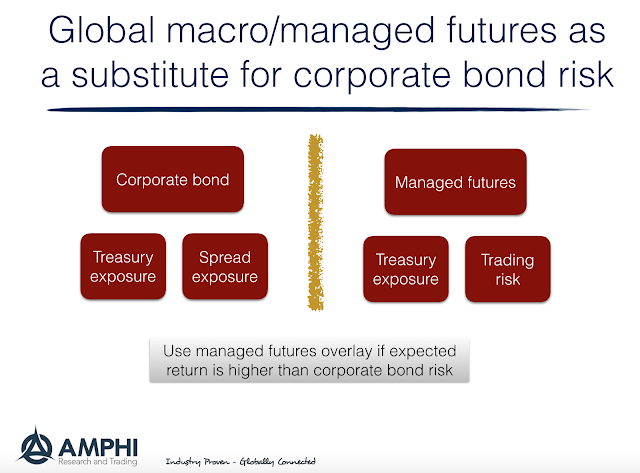Corporate bond risk is rising. Of course, with improvement in the overall economy and continued bond flows many will not believe it, but the statistical data suggest that spread moves are no longer symmetrical. There is more potential for spread widening versus continued tightening.
For the post Financial Crisis period, BBB corporate spreads are now at some of the tightest levels on record and significantly tighter than average levels by over 100 bps. For high yield spreads the same story is also true with an even wider gap between current and average levels.
Default levels have fallen since the upheaval in the oil market so there would need to be further economic and company improvement to push spreads through all-time lows. There might be further tightening if there is a reduction in supply from corporations deleveraging, better earnings, or reductions of equity buy-backs programs. We have already see cuts in buybacks. On the other hand, it is possible that corporations believe there are better long-term investment prospects and there is actually an increase in borrowing to build new plant and equipment. Nevertheless, overhanging these macro drivers is the threat of a liquidity event if there is a reversal in buying.
The tight spread levels make choosing an alternative much easier. For example, the LQD ETF is currently at a spread of 150 bps over Treasuries with the same duration. This stand-alone hurdle rate for an alternative investment over Treasuries is significantly lower than a year ago. It is easier to make a switch and earn a comparable return.
So what can be a good alternative to corporate bonds? We think it needs three things:
- A stand alone return of Treasury yields plus the corporate spreads.
- An uncorrelated return to corporate spread widening.
- A risk that is symmetric and not skewed to higher spread duration.
Managed futures or global macro could be a good alternative. First, managed futures could be done as an overlay on Treasury bonds as collateral through a separate account. This overlay will allow the trade to generate the Treasury returns and the excess return hurdle will be the spread on corporates. In this case, the managed futures investment has to generate at least a 1.5% rate of return to match the yield spread on corporates. While many funds are currently in a drawdown, there are also many managers that have generated high single digit annualized returns over the last three years with a symmetric risk profile. These managed futures returns should be uncorrelated with corporate spreads. An additional benefit is that if there is a dislocation or divergent event that will drive corporate spreads wider, it is likely that this will be good for long/short managed futures managers who generally do better when there is a market dislocation.
Switching to managed futures from corporate bods achieves three goals: 1. a reduction in credit risk; 2. a switch into a strategy that may have more upside potential; and 3. an increase in the diversification within the overall portfolio.



No comments:
Post a Comment